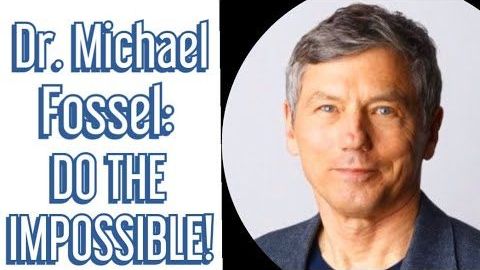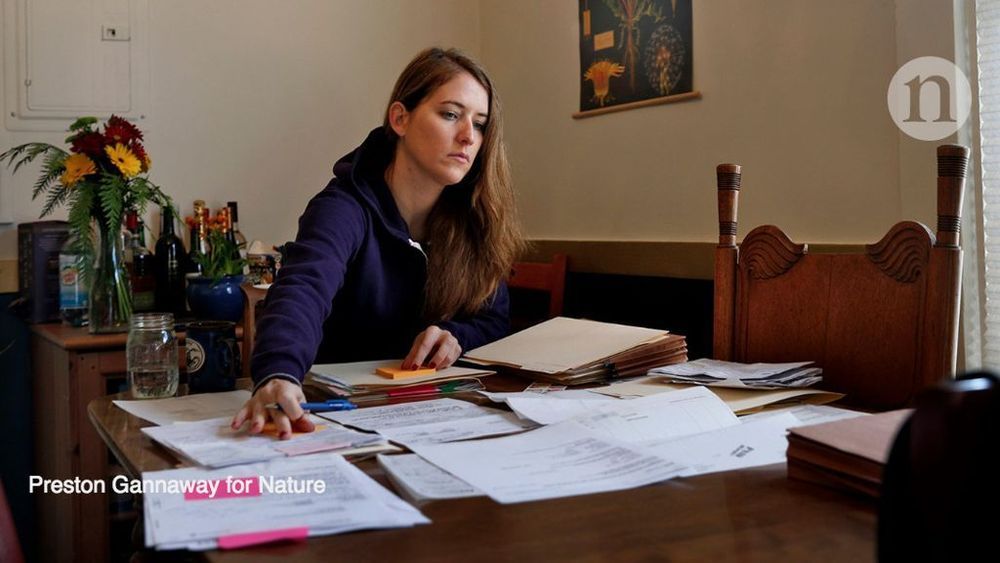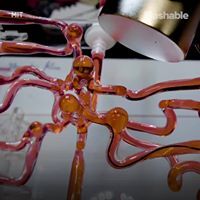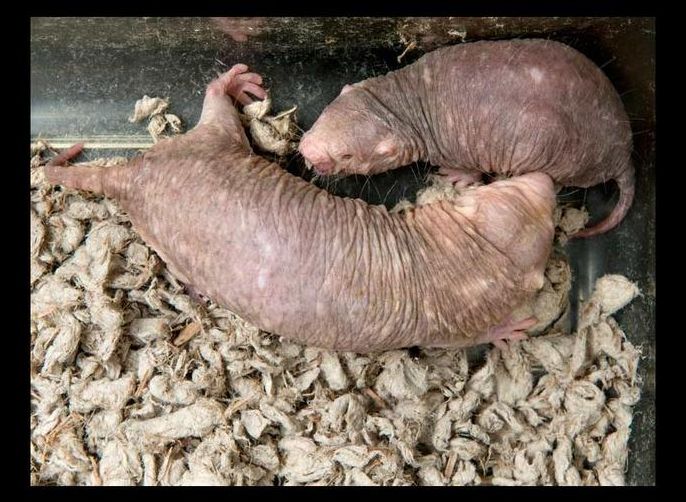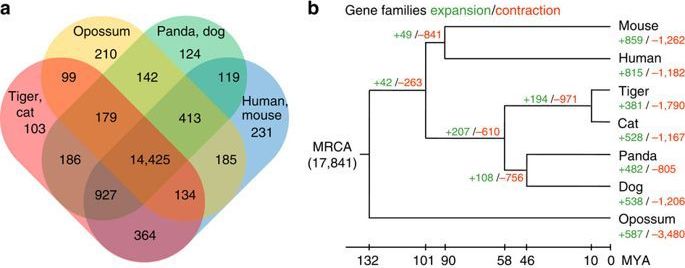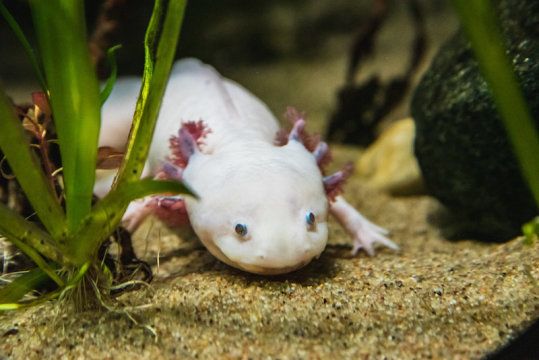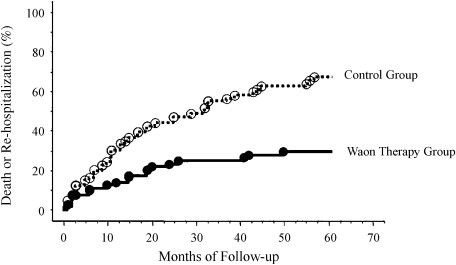
We developed a Waon therapy (soothing warm therapy) and have previously reported that repeated Waon therapy improves hemodynamics, peripheral vascular function, arrhythmias, and clinical symptoms in patients with chronic heart failure (CHF). The aim of this study was to investigate the effect of Waon therapy on the prognosis of CHF patients.
We studied 129 patients with CHF in NYHA functional class III or IV who were admitted to our hospital between January 1999 and March 2001. In the Waon therapy group, 64 patients were treated with a far infrared-ray dry sauna at 60 °C for 15 min and then kept on bed rest with a blanket for 30 min. The patients were treated daily for 5 days during admission, and then at least twice a week after discharge. In the control group, 65 patients, matched for age, gender, and NYHA functional class, were treated with traditional CHF therapy. The follow-up time was scheduled for 5 years.
Recent, complete follow-up data on each patient were obtained. The overall survival rate was 84.5% (Kaplan–Meier estimate). Twelve patients died in the control group and 8 patients died in the Waon therapy group at 60 months of follow-up. Cardiac events due to heart failure or cardiac death occurred in 68.7% of the control group but only 31.3% of the Waon therapy group (P < 0.01) at 60 months of follow-up.
